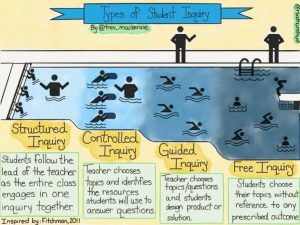As we move away from face to face classes and experience the fun of virtual classes. I got to learn a little bit more about Zoom today.
In relation to education:
Some Pros could include:
- Allows virtual instruction
- Can screen share
- Can save and record the video
- Has a whiteboard feature, polling feature
- Has an online chat option
- Can mute and unmute
- Can host up to 100 people
- Has a free option
Some. Cons could include:
- Its features are difficult to use
- Not great video or audio quality
- Not all students have access to laptops, digital surfaces
- Not all internet is strong enough for this
In a university setting, I found this too be quite useful given the circumstances. However, I do believe that the face to face instruction and teacher presence is much more beneficial for all learners and various grades. Yes some students may thrive from online learning, but Zoom is difficult as you can only ask private questions through the chat. As such, it doesn’t allow children to get all learning styles of instruction and that one on one aspect that classroom can provide. In desperate measures this is an option and who knows maybe schools will result to this depending on how this continues. However, even with online school such as SIDES for example, there is the option to meet or Skype one on one, which I think is more beneficial than a video conference with everyone for instruction. I do believe this could be a useful resource in certain circumstances. For example, for specific projects this could be very interesting to learn from other teachers or have students ask various teachers from various places or do a collaborative interview where everyone weigh in on your inquiry topic for instance. However, I think for the most part I think it benefits the middle school and high school years as students are further elaborated in regards to communication skills and listening. However through Zoom we as teachers lack seeing the body language and ability to go around the room and help with the process of learning. We also do not know what is going on and if students are actually listening as they are all in different learning environments. As such it may be more beneficial for it to be 1 student and various other people or teachers for learning purposes or projects. As mitigating a classroom of say 25-30 students and taking turns (everyone not talking over each other) is something that is developed through time. As such, it worked for us as university students, however I would see many more obstacles in the elementary to high school years. It could be possible, but much more preparation would be required.





Recent Comments